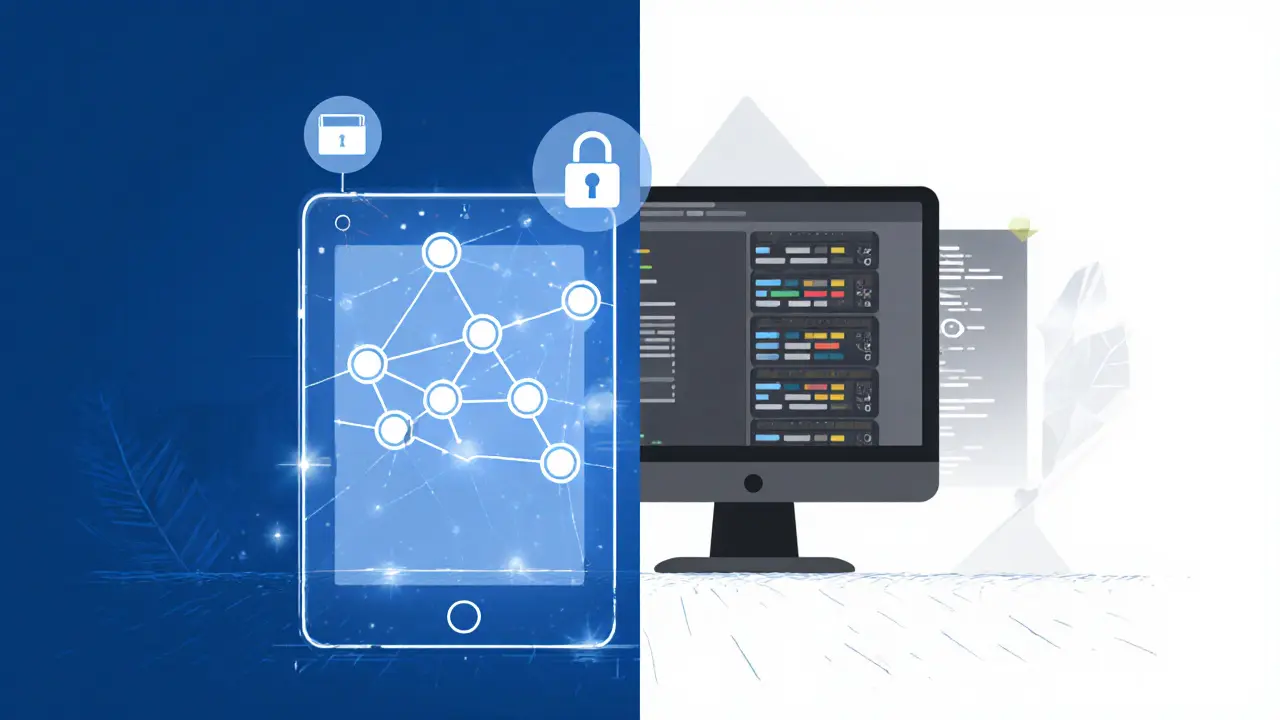Smart Contracts – Everything You Need to Know
When working with Smart Contracts, self‑executing code that lives on a blockchain and triggers automatically when its conditions are satisfied, you’re tapping into the core of modern crypto. Also known as programmatic agreements, they remove the need for trusted middlemen. smart contracts draw their security from blockchain, a distributed ledger that records every transaction immutably and enable decentralized finance, financial services that run without banks, using code instead of paperwork. At the same time, they power tokenomics, the economic model behind a cryptocurrency’s supply, distribution and incentives, shaping everything from staking rewards to airdrop structures.
Why smart contracts matter today
To keep a smart contract trustworthy, developers lean on cryptographic tools. The Merkle tree gives each contract a tamper‑evident proof of state, letting anyone verify data without exposing the whole set. When networks grow, sharding lets many contracts execute side‑by‑side, cutting latency and fees. Underpinning both is Byzantine Fault Tolerance, a consensus method that tolerates faulty or malicious nodes while still reaching agreement. Together, these mechanisms ensure that the code you write executes exactly as intended, even on a global, permissionless network.
Real‑world use cases show how versatile smart contracts have become. In the NFT space, they define ownership, royalties and transfer rules, turning digital art into tradable assets. Airdrop campaigns use contracts to distribute tokens automatically to eligible wallets, eliminating manual paperwork. Gaming platforms embed contracts to reward players, manage in‑game economies and enforce provable fairness. Even decentralized identity systems rely on contracts to let users control their own credentials without a central authority.
The ecosystem around smart contracts is just as important. Crypto exchanges list tokens that are born from contract code, while tax regulations in places like Portugal dictate how contract‑generated income is reported. Privacy tools such as VPNs and residential proxies help traders access global markets safely, and developers often test contracts on testnets before launching on mainnets. All these pieces—exchanges, tax rules, security tools—work together to make the smart contract landscape robust and accessible.
Below you’ll find a curated collection of articles that dive deeper into each of these facets, from technical breakdowns to practical guides, helping you get the most out of smart contracts.

Key Benefits of Using dApps Explained
Discover why decentralized applications (dApps) offer users control, transparency, lower costs, and censorship resistance, plus the perks developers enjoy such as token monetization and community ownership.
